The younger a child is, the more they tend to focus on only one part of a problem, and the more certain they are that they are right. One of our roles as a parent is to gently but firmly help our kids be evenhanded and discover there are two sides to most things.
When they come home angry or upset, telling you about a friend who did the wrong thing by them, and that they hate them and will never be their friend again, we hear the story “on the one hand”, but we also wonder “on the other hand” what else was going on that led to the problem, and if it is as bad as they think. We want our children to develop the ability of being “even handed”, seeing and considering both sides before taking action. Not just blaming the other person for what went wrong, but also considering what their own role was in the event. However, many parents I have worked with have found that their attempts to help their child see both sides of a situation can lead to angry or upset statements like, “Why do you never take my side!?”
Being evenhanded is what healthy adults do. They wonder. They are curious. When confronted with a problem, they may feel a strong emotion and think about it “on the one hand”, but then they actively look “on the other hand” so that they approach the issue evenhandedly. Even mature adults when under stress can lose this ability to wonder. Who hasn’t had a problem with a loved one and been preoccupied “on the one hand” with their own perspective, and only later when calm been able to be evenhanded again and able to say “on the other hand”…
Our children are not adults and are frequently not evenhanded in how they approach tricky situations. The younger and more emotional they are, the less able to wonder, and the more they focus on only the negative aspect causing them distress. We don’t expect our children to have better emotional control than ourselves, but we do want to help them develop the ability to see both sides of a problem.
So how do we do this so that our attempts to help are not perceived as being critical or judgmental?
Firstly we need to stay calm enough, as without this we too will see only “the one hand”. We can’t help our kids if we are too emotional. We can’t expect them to do what we cannot.
Secondly, even if we are calm and curious we need to abandon the wish to correct our kids while emotions are high. It may solve the immediate problem, but it just does not help their own development of curiosity and evenhandedness. They will often say silly, ridiculous or even outrageous things that are obviously and even laughably false or unhelpful. But if we try to point out the errors in their thinking before they are ready to be curious, they will experience our attempts to helpfully correct them as domination or criticism. There is a time for correction, but it is for a later time when everyone is calm enough, and connected enough… “I don’t care what you think until I think that you care”.
Thirdly, though correcting comes naturally, when you provide them with the answer or showing them the details of “on the other hand”, it misses the opportunity for them to discover the other side for themself. This is where the Socratic approach comes in: “Wonder is the beginning of wisdom”. You don’t tell and instruct; instead you ask and be curious.
Once you have validated their experience (“I see you, I hear you”) and they are calm and connected enough, you can then start to be curious about what happened and why. For this to not be seen as correction (sometimes questions we ask can actually be correcting statements in disguise), it helps to take the one-down position and actually be wondering about why it happened. It is not the questions you ask but the underlying curious approach that helps your child be curious too.
Now of course sometimes you do have to take over and correct your child, and this is important if the problem is serious. But before you save them by thinking for them, give a go of supporting them through wondering. “Watch, Wait and Wonder” is a mantra some parents have found helpful. When you think about the “WAIT” part, ask yourself: Why, Am, I, Talking.
